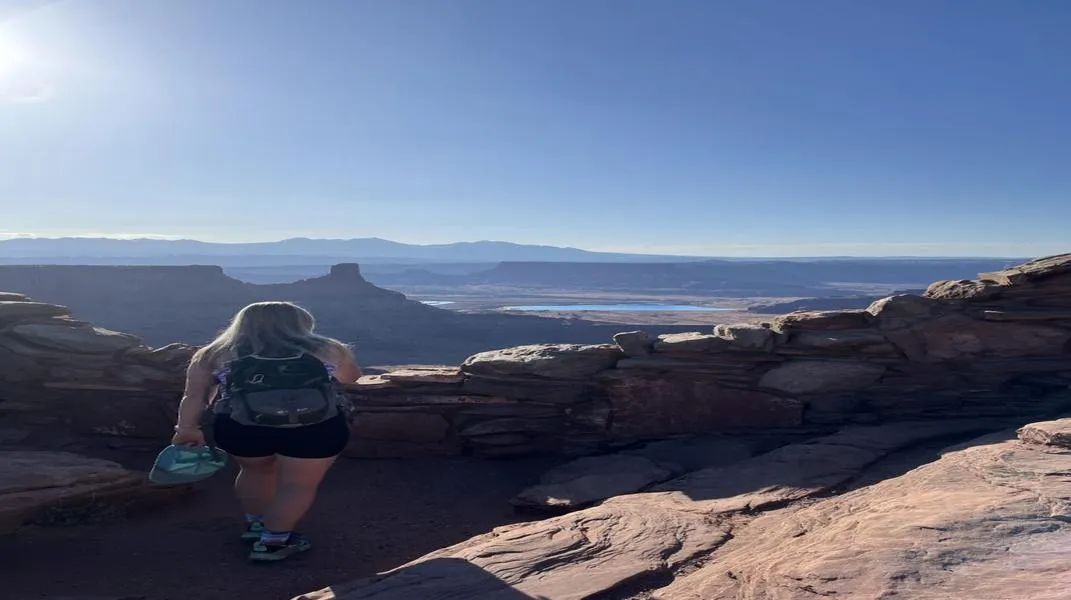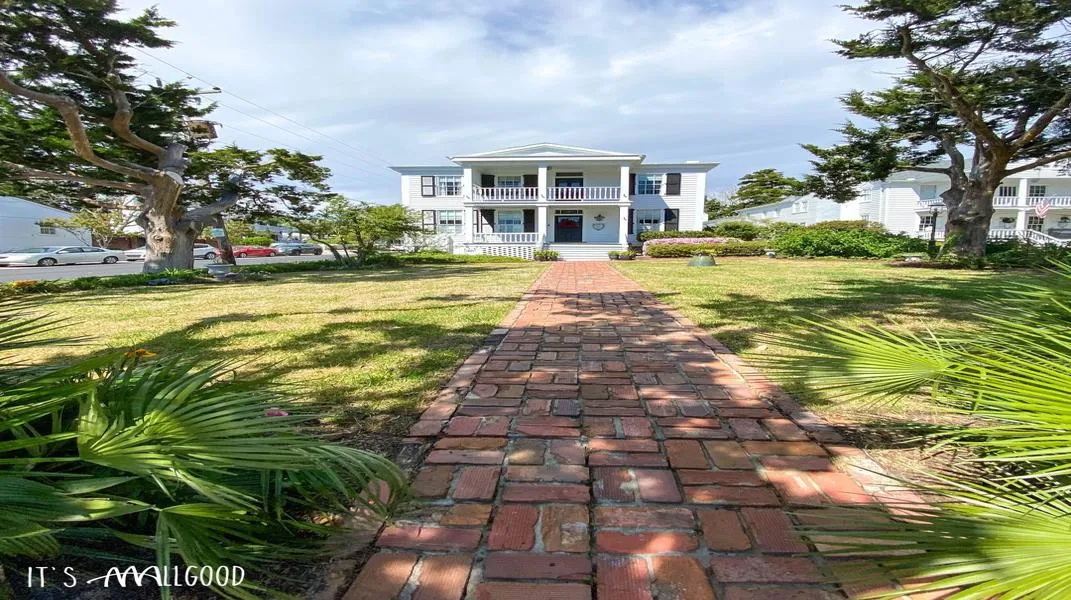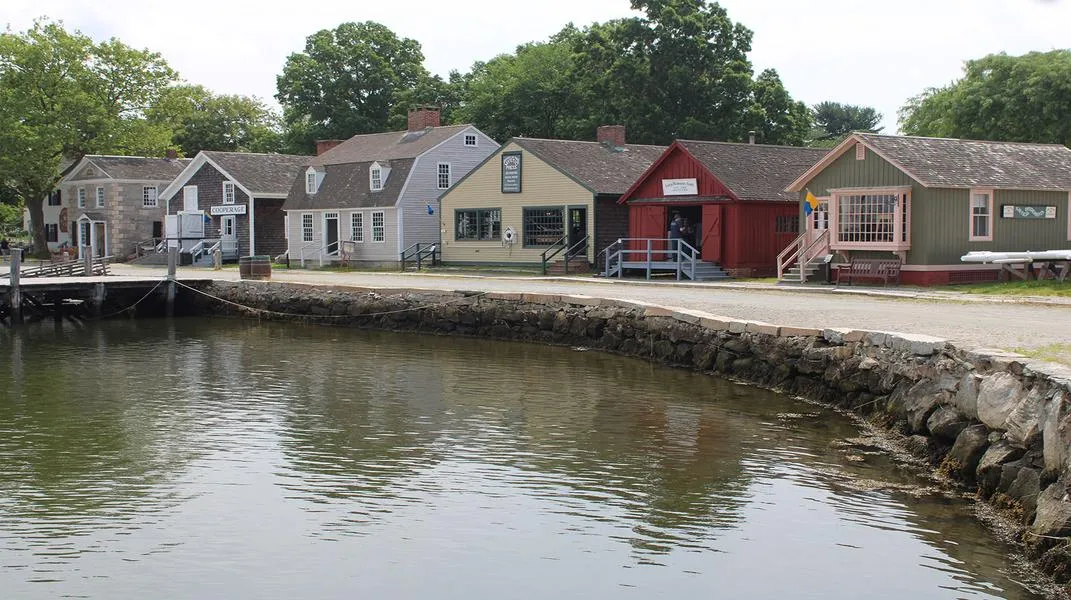Discovering Dead Horse Point State Park: A Majestic Utah Gem
Nestled in the heart of Utah's Canyonlands region, Dead Horse Point State Park stands as a breathtaking testament to nature's artistry. Known for its stunning views and rugged terrain, this state park draws visitors from around the globe, eager to experience its dramatic landscapes and rich history. Whether you're an avid hiker, a photography enthusiast, or a family looking for an unforgettable outdoor adventure, Dead Horse Point State Park offers something for everyone. In this guide, we will delve into the park’s features, activities, and essential preparations you’ll need for your visit.

A Brief History
The park gets its intriguing name from a local legend that dates back to the late 19th century. According to the tale, cowboys would round up wild mustangs in the area and corral them on a narrow point overlooking the Colorado River. Unfortunately, one group of horses was left behind, subsequently dying of thirst, hence the name "Dead Horse Point." While the story may be more folklore than fact, it adds a layer of mystique to the park that visitors find captivating.
Geography and Landscape
Dead Horse Point State Park spans over 5,300 acres and is characterized by its stunning cliffs, deep canyons, and expansive vistas. The park is situated at an elevation of 5,900 feet and offers a panoramic view of the Colorado River, which winds its way through the rugged terrain. The iconic Dead Horse Point Overlook provides one of the most breathtaking views, showcasing a dramatic 2,000-foot drop into the canyon below. Visitors can marvel at the striking contrast of red rock formations, green vegetation, and the meandering river, making it a prime spot for photography and contemplation.
The park's geology is also fascinating, featuring layers of sedimentary rock that tell the story of the Earth’s history. Visitors will find dramatic formations like the La Sal Mountains in the distance, as well as the unique Moab sandstone that characterizes much of the region.
Activities and Attractions
Hiking
Dead Horse Point State Park is home to a network of well-maintained trails that cater to all skill levels. Here are some of the most popular hikes:
- Dead Horse Point Rim Trail: This easy, 1.5-mile loop offers stunning views of the canyon and the Colorado River. It’s perfect for families and those looking for a leisurely stroll while taking in spectacular scenery.
- East Rim Trail: This moderate 2.5-mile trail provides an opportunity to explore the park's natural beauty while offering several overlooks along the way. It connects to the Dead Horse Point Rim Trail for a more comprehensive experience.
- West Rim Trail: For those seeking a more challenging hike, the West Rim Trail is a 5-mile round trip that leads to breathtaking viewpoints and offers glimpses of local wildlife.
- Cycling: Mountain biking is also permitted on designated trails, providing a thrilling way to explore the rugged terrain. Be sure to check trail conditions and regulations before embarking on your ride.
Photography
With its dramatic landscapes, Dead Horse Point State Park is a photographer's paradise. The early morning and late afternoon light cast beautiful hues across the cliffs and canyons, creating stunning opportunities for landscape photography. The park's unique rock formations and expansive vistas offer countless compositions for both amateur and professional photographers.
Stargazing
Given its remote location and minimal light pollution, Dead Horse Point State Park is an excellent destination for stargazing. The night sky is a tapestry of stars, planets, and constellations, providing an awe-inspiring experience for visitors. Bring a telescope or binoculars for an up-close view of celestial wonders, and consider attending one of the park's astronomy programs if available during your visit.
Picnicking and Relaxation
The park features several picnic areas equipped with tables and grills, making it an ideal spot for a family outing or a peaceful lunch amidst nature. Enjoy the fresh air and stunning views as you unwind in this tranquil setting.
Preparing for Your Visit
Essential Materials
To ensure a successful and enjoyable visit to Dead Horse Point State Park, it’s essential to prepare adequately. Here’s a checklist of materials and supplies you should consider bringing along:
- Water: Hydration is crucial, especially in the desert climate. Bring plenty of water—at least one gallon per person per day is recommended.
- Snacks and Meals: Pack nutritious snacks for hikes, and consider bringing a picnic lunch to enjoy in one of the park’s scenic picnic areas.
- Sunscreen and Sunglasses: The sun can be intense in the desert, so protect your skin and eyes from harmful UV rays.
- Hiking Gear: Wear sturdy hiking shoes or boots with good traction. A hat and lightweight, breathable clothing are also recommended for comfort.
- Camera and Binoculars: Capture the stunning landscapes and wildlife. Binoculars can enhance your stargazing experience at night.
- Backpack: A comfortable backpack is essential for carrying your water, snacks, and gear while hiking.
- Navigation Tools: Though the park is well-marked, having a map or GPS device can help you navigate the trails more easily.
- First Aid Kit: Accidents can happen, so it’s wise to carry a basic first aid kit for minor injuries.
- Trash Bags: Leave no trace by packing out any trash or waste you generate during your visit.
- Camping Gear (if applicable): If you plan to camp in the park, bring a tent, sleeping bags, cooking equipment, and any other camping essentials.
Park Regulations and Fees
Before visiting, familiarize yourself with the park's regulations. There is an entrance fee, which helps maintain the park's facilities and services. As of the latest update, the fee is typically around $20 per vehicle for a day pass. Annual passes are also available for frequent visitors.
Best Time to Visit
Dead Horse Point State Park can be visited year-round, but the best times for a visit are during the spring (March to May) and fall (September to November) when temperatures are milder and the weather is generally pleasant. Summer can be extremely hot, with daytime temperatures exceeding 100°F (38°C), while winter can bring colder temperatures and occasional snowfall.
Conclusion
Dead Horse Point State Park is more than just a scenic viewpoint; it is a place where nature’s grandeur and history converge. From its captivating landscapes to its outdoor activities, the park offers an unforgettable experience for all who visit. Whether you're hiking along the rim, taking photographs, or simply soaking in the views, you will find yourself immersed in the beauty of Utah's red rock country.
By preparing adequately and respecting the natural environment, you can ensure that your trip to Dead Horse Point State Park is both enjoyable and memorable. So pack your bags, gather your loved ones, and get ready to explore one of Utah's most cherished natural treasures. Adventure awaits!




